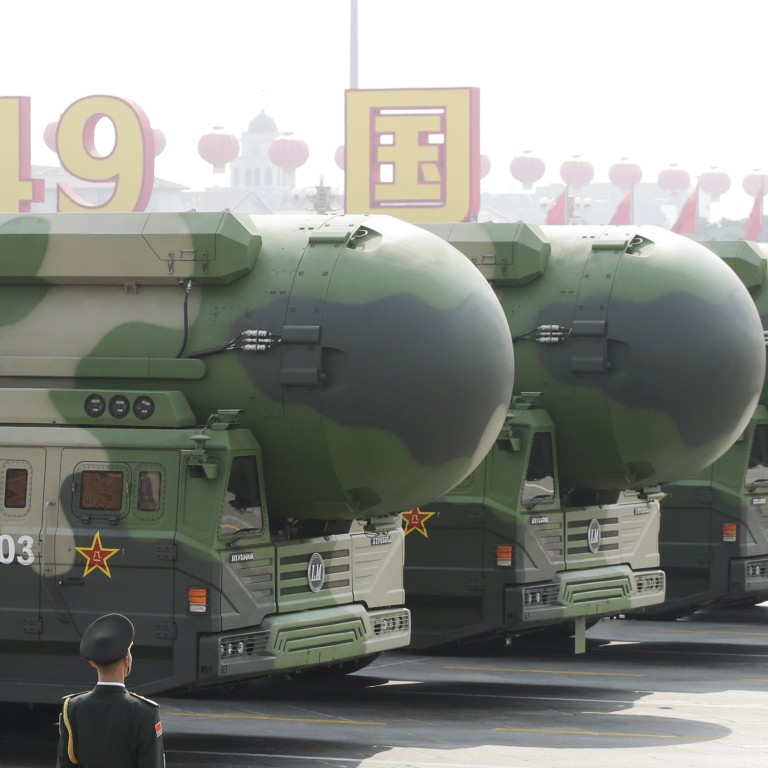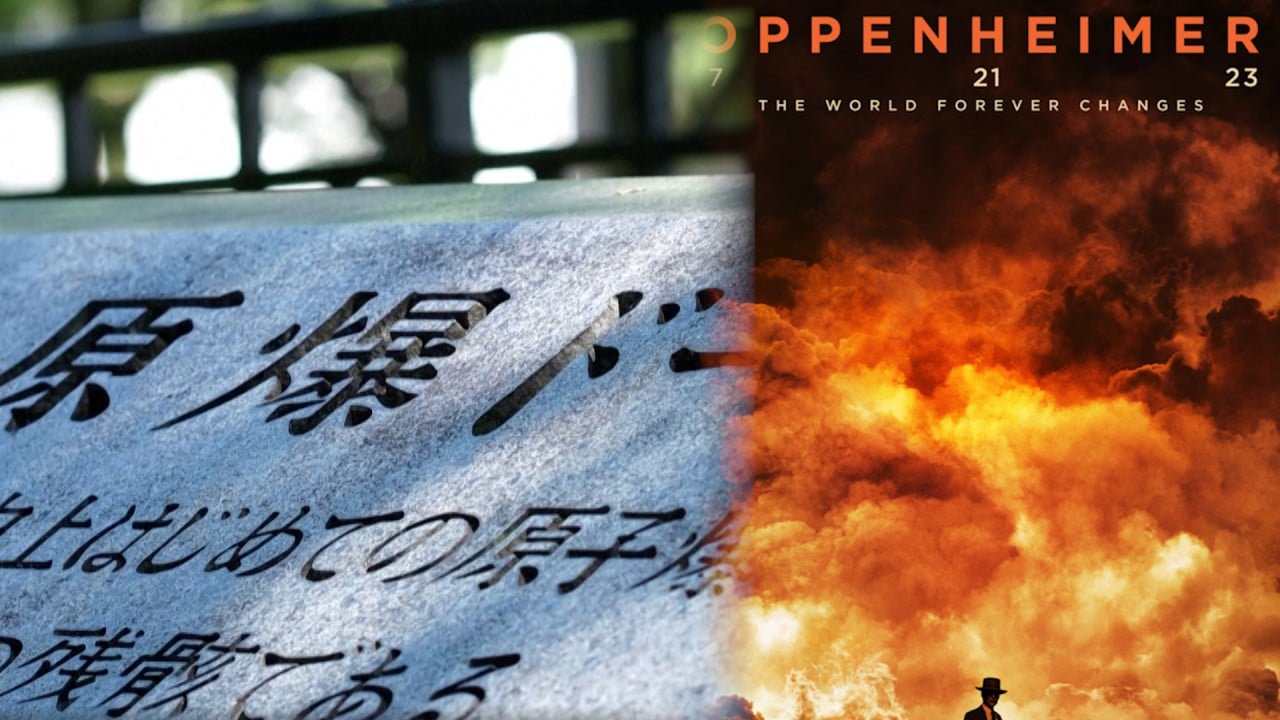
China’s rivals warn of nuclear build-up, but analysts say Beijing seeks quality over quantity
- PLA prioritises precision-strike capabilities and preventing interception over developing large numbers of warheads, defence experts say
- Japan’s defence ministry estimates China could quadruple its nukes to 1,500 warheads by 2035, mirroring Pentagon’s prediction
The assessments follow the release last week of a Japanese defence ministry white paper that said Beijing could quadruple its arsenal to 1,500 warheads by 2035, echoing estimates by the Pentagon in October.
Tokyo estimated the People’s Liberation Army had 350 nuclear warheads as of last year, while an earlier report by the Federation of American Scientists’ Nuclear Information Project estimated Beijing had roughly 410 nuclear warheads and more in production.
“China has been extensively and rapidly enhancing its military capability in a qualitative and quantitative manner, with focuses on its naval and air forces as well as its nuclear and missile forces,” the white paper said.
China unveils new PLA Rocket Force chief in wake of corruption scandal
Nuclear deterrence refers to being prepared to use nuclear weapons as a way of discouraging enemies from launching a nuclear attack first.
Zhou said that, since the 1950s, Beijing had invested “tremendous resources” in maximising nuclear deterrence, including precise strike technology, penetration and destructive capability.
Song said it was unlikely that China’s nuclear development would follow the old path set out during the Cold War.
“It doesn’t mean China will follow its US and Russian counterparts to greatly increase its nuclear warheads as the outside world imagines,” Song said.
Russia has 5,977 nuclear warheads while the US has 5,428, according to estimates by the Stockholm International Peace Research Institute.
“What Japan and the US are worried about is whether China will follow Washington to develop a low-yield nuclear weapon as a countermeasure to deal with the challenges posed by the Americans,” Song said.
Low-yield nuclear warheads are used for precision strikes – not for the purpose of causing massive casualties.
US general’s nuclear deterrence comments ‘may spur China to boost its arsenal’
In 2021, the US Congressional Budget Office estimated that Washington would spend US$634 billion over the next decade to upgrade its nuclear arsenal, a 28 per cent uptick compared with a previous 10-year projection.
This includes the development of a new W76-2 low-yield nuclear warhead for submarine-launched ballistic missiles and development of a new nuclear submarine-launched cruise missile.
Last year’s Pentagon report to Congress said the PLA would probably develop its DF-26 intermediate ballistic missile to field a lower-yield warhead in the near term, citing Chinese official media commentaries calling for proportionate response capabilities if the US were to use low-yield weapons against the mainland fleet in a conflict over Taiwan.
The DF-26 missile has a range of 4,000km (2,485 miles) and can be used in nuclear or conventional strikes against ground and naval targets, including the US naval base in Guam.
“China still sticks to its policy of ‘no first use’ of nuclear weapons, including tactical nuclear bombs,” Song said. “However, the PLA will definitely strike back in retaliation if the US dares to use them against the Chinese military.”
Zhou reiterated that Beijing would still put most of its resources towards developing powerful ICBMs, not low-yield bombs.
He said China would continue to focus on improving ICBM technology, such as the DF-31 and DF-41 missiles to upgrade its air, ground and sea-based delivery systems.
“It may increase its stockpile, but not as rapidly as the outside world has estimated.”


